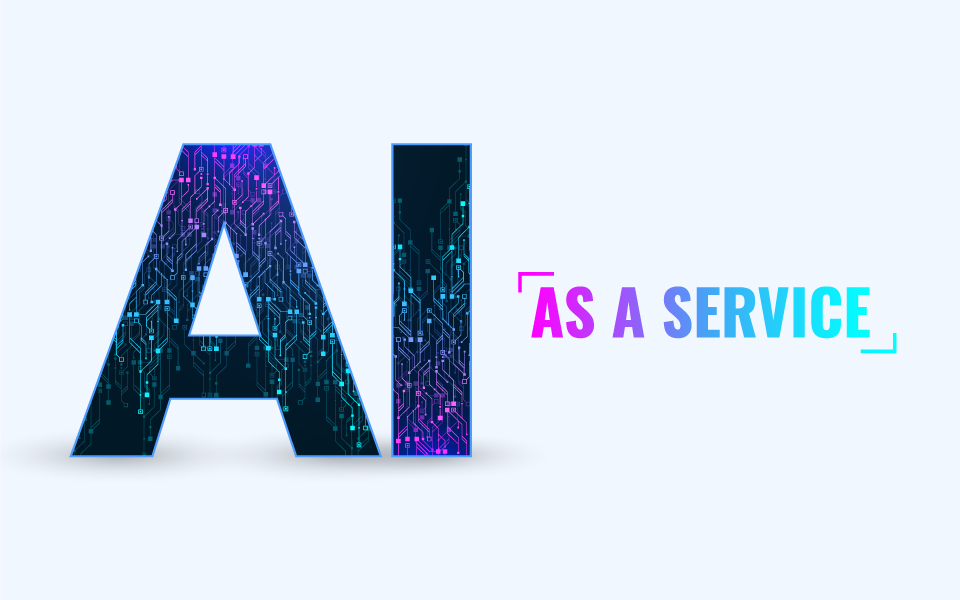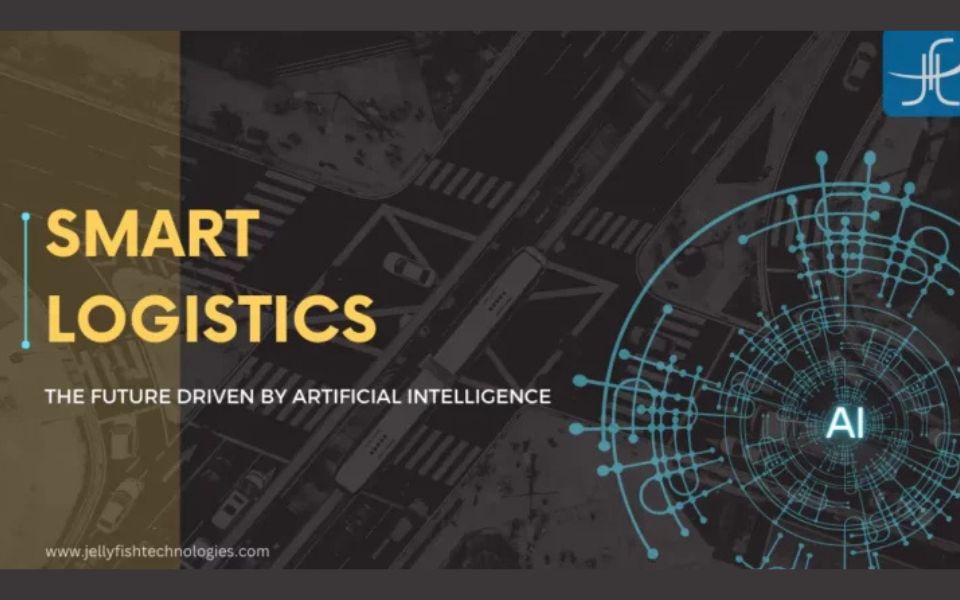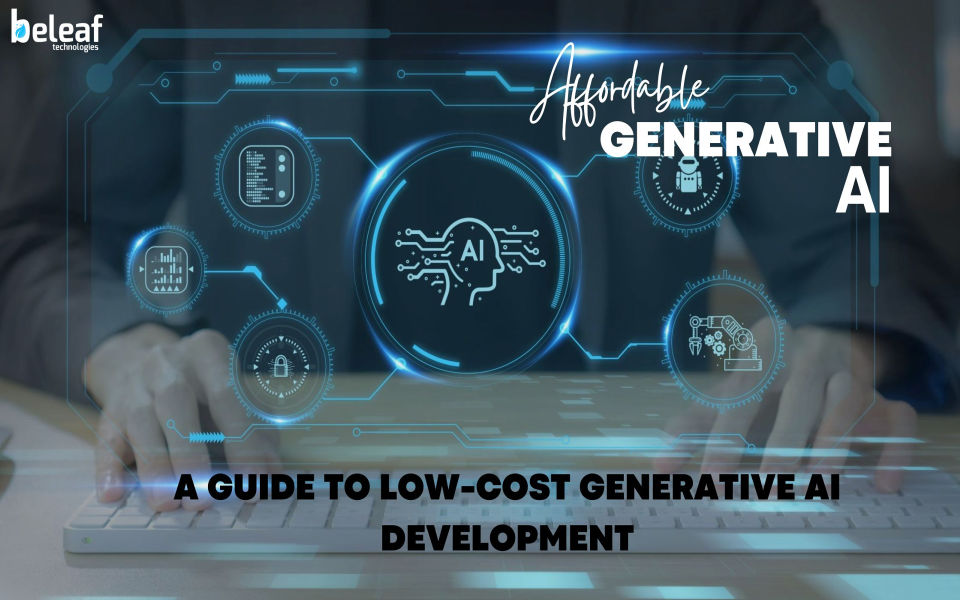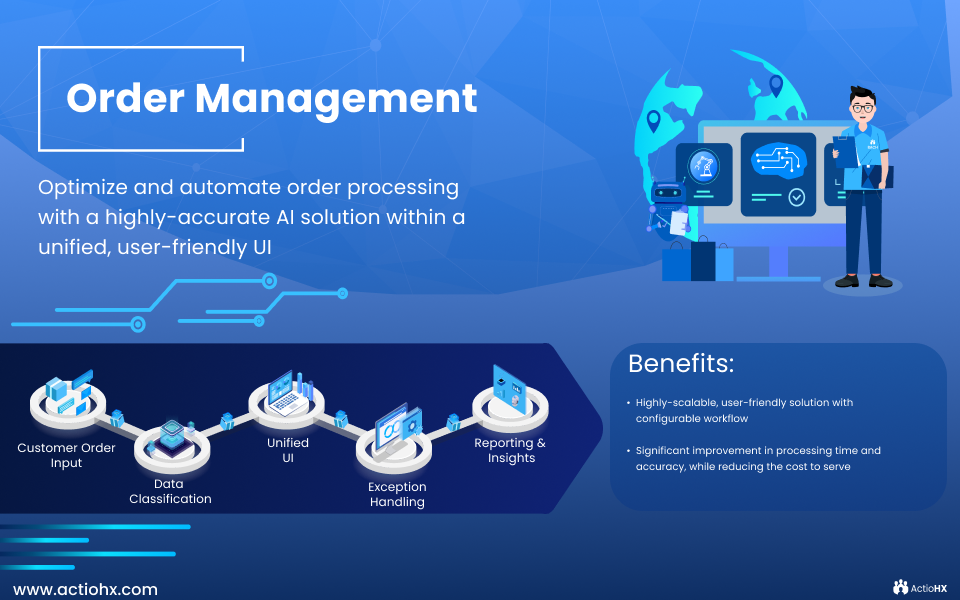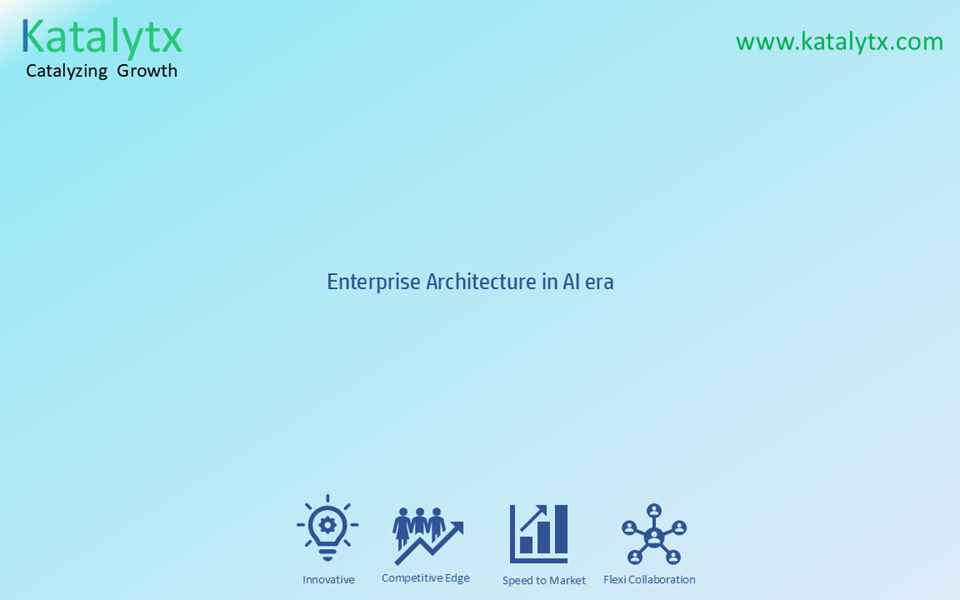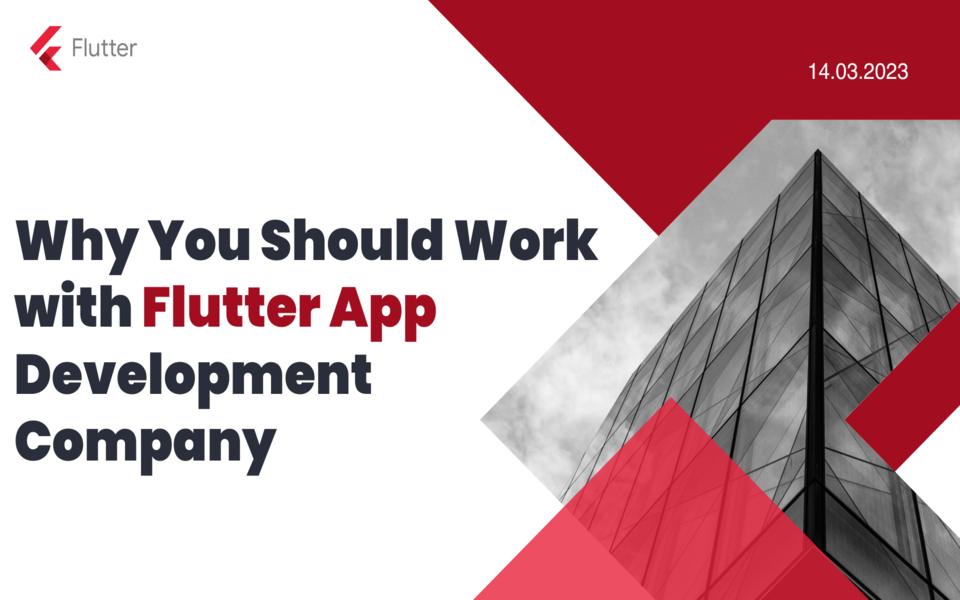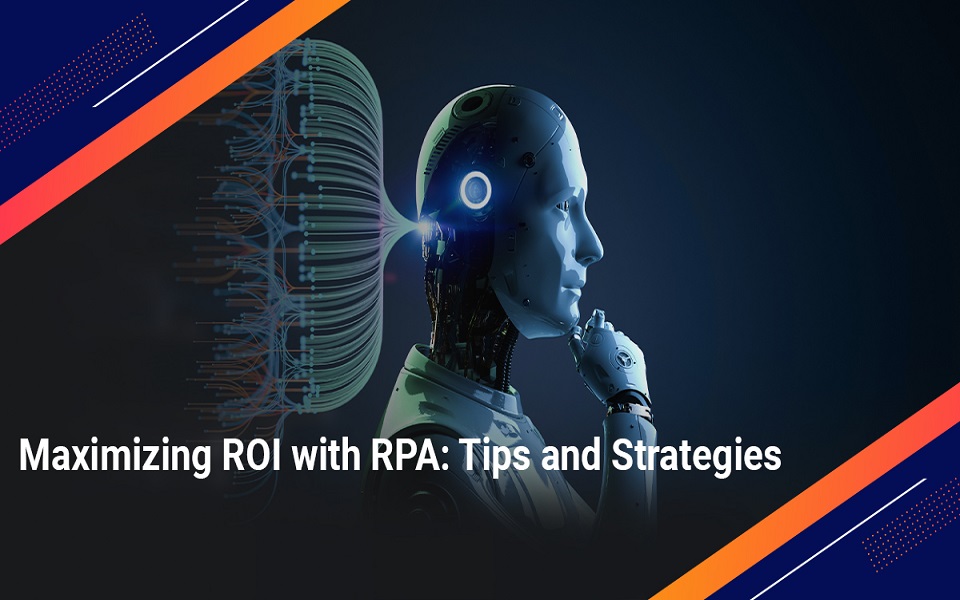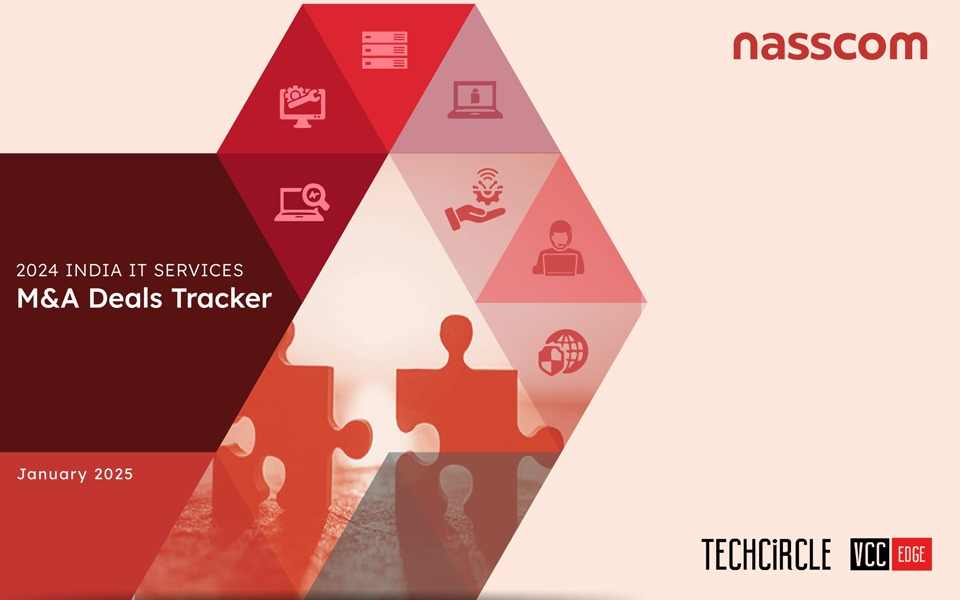Cloud has now become mainline technology and every IT executive has no choice but to understand, embrace and apply it to solve the business problems of today and tomorrow. As per a recent study by IBM Institute of Business Value, though 90 percent of companies globally were “on the cloud”, only about 25 percent of their workloads have moved to a cloud environment. The remaining 70 percent of the cloud opportunity focuses on shifting core business applications and workloads to the cloud and optimizing every business process and making them digital. This next chapter of the cloud requires executives to invest in hybrid multi-cloud platform strategies and capabilities. While cloud and enterprise architects are defining the next-generation architecture, boardrooms need to deepen their understanding of cloud technologies to reimagine their businesses.
Cloud platforms can help deploy new digital customer experiences in days rather than months and can support IT workloads with dynamic changing needs of today’s business. But what makes cloud such a core foundational technology that the future of edge computing, future of user experience in virtual reality, AI-enabled predictive systems and even access to quantum computing depend on it. Prima-facie, some of the adjectives for this are well-known : on-demand, elastic, measured service, pay as you go, easy maintenance, scalable, highly available, economical and many more. But one needs to go deeper to appreciate and understand the art of the possible. Given that Linux, Containers and Kubernetes are now becoming defacto standards and Microservices / APIs are the new norm and we are marching fast towards what can be called software-defined everything.
Here are 5 adjectives which one can explore to understand the full value that cloud technology can bring-in.
- Fine-Grained
Going back in time, in the year 2000, virtualization was introduced for the first time in midrange systems like RS6000, AS400 and other UNIX-based machines outside the realm of IBM Mainframe systems. This need was driven by the need for e-business that consisted of emails, intranet services, internet servers and various MIS systems. At the click of a button, one could install multiple operating systems – AIX, OS/400, Linux, Windows and their different versions on a host OS and put various applications on each of those nodes. In July of 2001, VMware created the first x86 server virtualization product. Life thrived thereafter and VMs became mainstream. It took away the dependencies tied to underlying hardware. However, the computing dial remained course-grained for a long period of time. The steps that were there in the regulator for CPUs and Memory and storage was like an old mechanical regulator of a fan rather than a modern-day electronic one with continuous gain control. Cloud accelerated the need for fined-grained scaling for dynamic workload management. To draw the computing power to only the extent needed and to support this, elastic VM architecture came into action. Also, containers and Kubernetes take it to the next level. Containers are so light-weight that it is feasible to break the current computing components down into more fine-grained elements that can run completely independent of one another.
So, the biggest benefit that one gets now is fine-grained control during scaling as and when business needs it.
_______________________________________________________________________________
- Immutable
To understand this, one needs to first understand what mutable infrastructure is. “Mutable” is defined as anything that’s capable of being changed. Traditional, or mutable, servers are servers that are continually updated and modified in place. Systems engineers spend time logging into servers, downloading packages and patches manually, upgrading them and tweaking configuration files as needed, server by server. These servers required dozens of logins and accounts, could be in any state of patch-level, and managed software with updates that might succeed—or fail. One needs to manage the versions, patch level, configuration settings, etc manually.
In comes “immutable infrastructure”. Immutable infrastructure refers to servers (or VMs) that are never modified after deployment. No longer there is a need to update or patch in-place servers. Instead, whenever an update to the server is required, one can simply provision a new one through the APIs published by the cloud service providers with its complete set of new packages, patches and services and replace the old one with the new server. Immutable infrastructure can speed up deployment and this helps faster project delivery and allows business to introduce new products and services faster to the market.
_______________________________________________________________________________
- Un-Opinionated
An opinionated framework gives guard rails, tons of starter code, pre-built libraries and optimizes the deployment path. However, the opinionated framework also makes one do things in a certain prescriptive way. In today’s time, there is a need to re-purpose most of the developer’s time to work with the product owners and the business gathering requirements, understanding the user journeys and business rules and creatively design the friction experience for the user.
The new age container platform PaaS, especially Red Hat Openshift is highly unopinionated. There is a lot of flexibility on the Kubernetes side of things as one is not given a prescribed way of doing things. It’s good for power users and teams that are very creative. All the OpenShift operators which are based on the Kubernetes Operator Framework give unique flexibility to adopt and scale with speed.
_______________________________________________________________________________
- Declarative
This adjective is now very popular in the world of Infrastructure as code. Infrastructure as Code or IaC is the managing and provisioning of infrastructure through code instead of through manual processes or commands through the command-line, traditional shell scripting etc.
There are two ways to approach IaC—declarative or imperative.
An imperative approach defines the specific commands needed to achieve the desired configuration, and those commands then need to be executed in the correct order. Suppose one were to make coffee, it’s like writing a step-by-step guide of taking water, adding sugar, milk, beans, heating for a particular time at a particular temperature etc. In IT infrastructure, there is something called configuration drift which means some config files or settings move or change with time as we deploy more and more changes to production. This may lead to IAC code struggling or even breaking down at times.
A declarative approach, instead, defines the desired state of the system, including what resources one needs and any properties they should have, and an IaC tool will configure it automatically.
A declarative approach simply tells that the end state is a coffee mug on the desk at 9 AM with coffee at 80 Deg. Celsius. If there has been a configuration drift, the IAC commands will understand how to negotiate it as the focus is still end state and not the step-by-step guide. In short, declarative approach is smarter and chances of failures in automation that are set up is much less.
_______________________________________________________________________________
- Observable
Finally, the 5th and the last adjective is “observable”.
In the beginning, engineers and developers worked on monolith applications. Monitoring monolith applications were much less complex since each engineer would monitor only for specific use cases and use a specialized tool for the use case they worked on.
In the Cloud and Microservices Era, many organizations, as part of their DevOps and cloud environment processes, also began creating an observability stack comprised of logs, metrics, and traces to increase visibility into their systems. With the help of numerous open-source based observability offerings, many alerts and issues are getting central visibility in a digital cockpit right from infrastructure level to end-user experience. Observability is driving the next generation operations for proactive run and maintain IT services that is optimized with extreme automation.
_______________________________________________________________________________
Conclusion
As per IDC, in next 5 years, over 500 million logical apps will be developed and deployed using cloud-native approaches – the same number of apps developed in the last 40 years. Most of these will be targeted at industry-specific digital transformation use cases. This explosion of new digital apps and services will need new ways of consuming cloud computing, at far-off places on the edges and extra-human interactions – people, bots, machines, may be aliens too…IT executives need to take a step forward to embrace the language of IT architects to make the market using new hybrid multi-cloud capabilities and these 5 adjectives are a small step towards that journey.
By Santosh Prasad
About the author
Santosh is a Partner & Service Line Leader, Hybrid Cloud Transformation, Client Innovation Centre - IBM India. He is a cloud evangelist and is passionate about new technologies. He has over 20 years of experience in leading large-scale complex IT transformation programs for clients throughout the globe. Santosh lives in Kolkata. You will see him on a squash court when he is not working.









